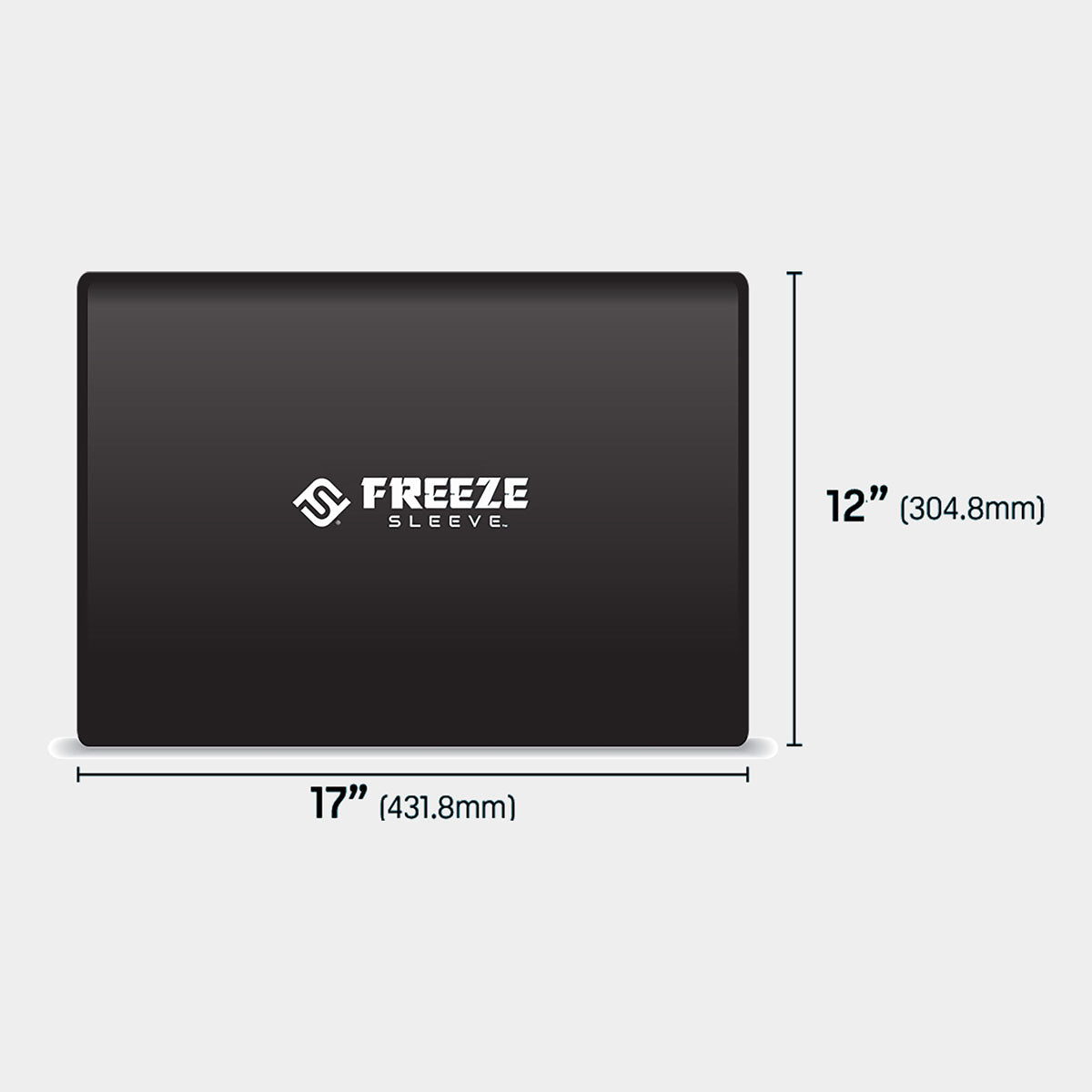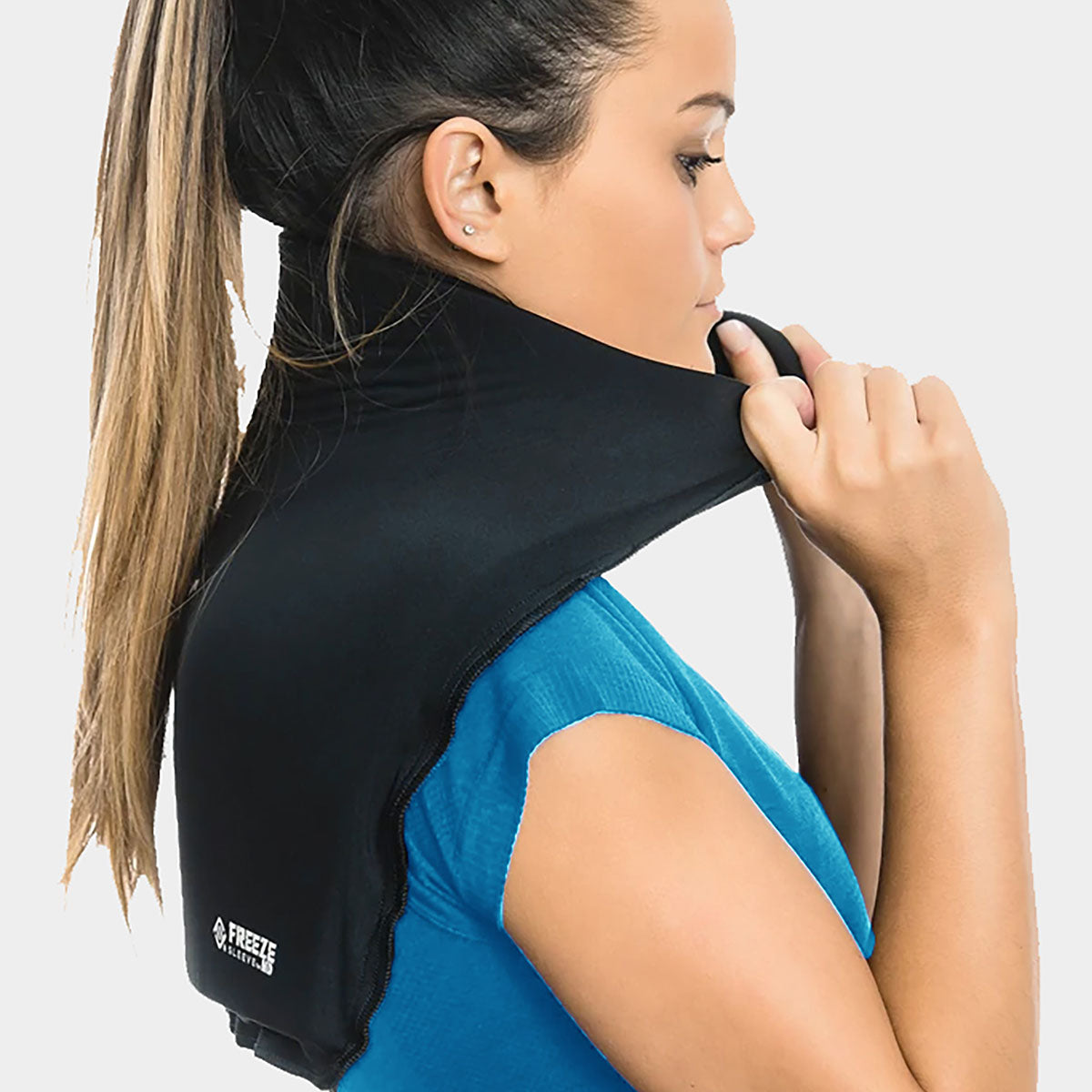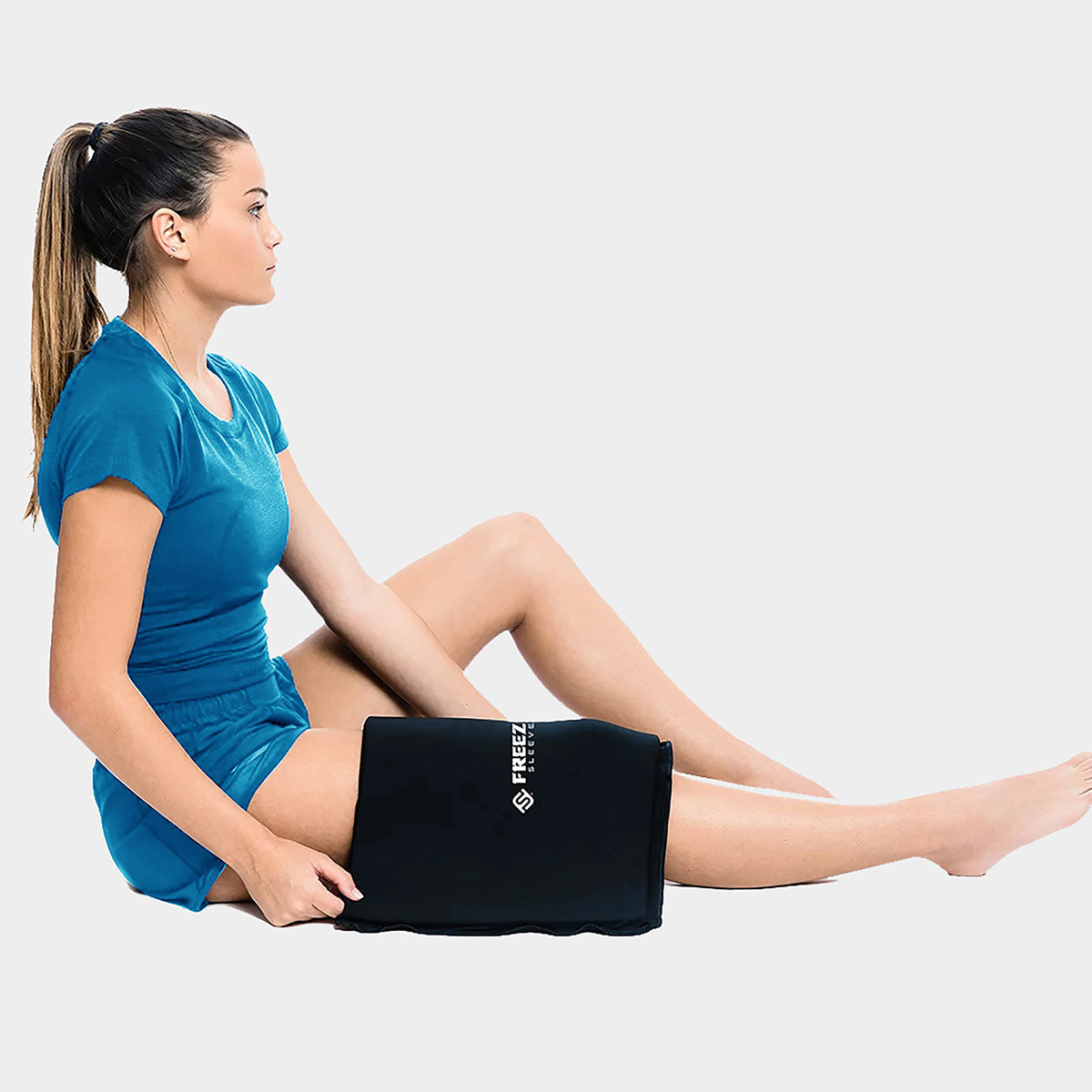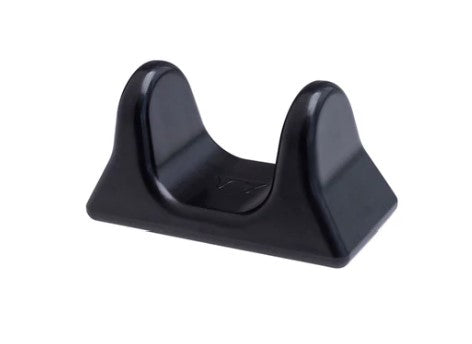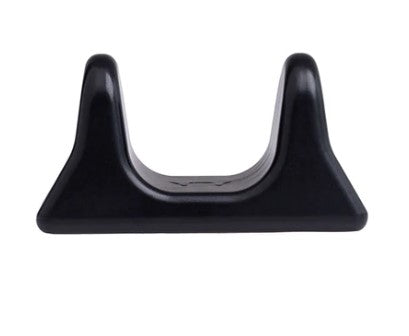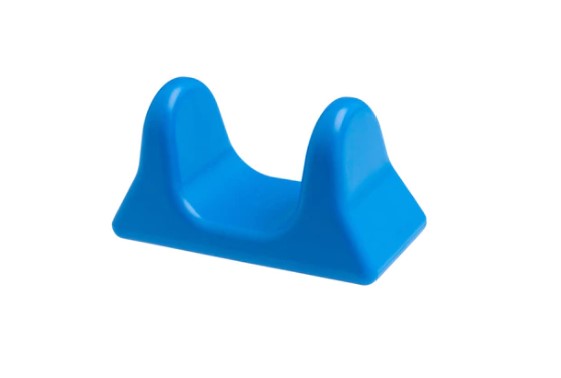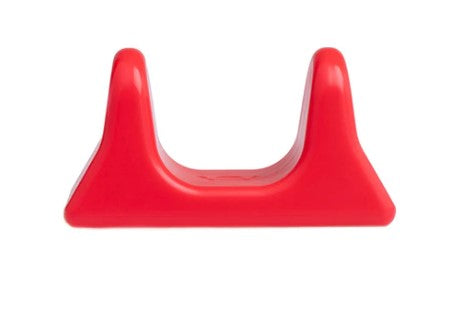You Can’t Get Jacked if You’re All Jacked Up
How to Warm Up Your Clients (or Yourself) in 15 Minutes or Less
When it comes to the idea of warming up before a workout or training session, you'll find individuals who run the whole gamut. Some people never do it, some people always do it, some people do it only if they're feeling sore or if they feel extra stiff that day, some people only do it if their trainer makes them do it, and so on. In my opinion, a thorough warm up isn't only one of the best things you can do for your performance, but it’s also one of the best things you can do to stay healthy in the long term. The nice thing is that a good, solid, general warm up (includingfoam rolling) can usually be done in 15 minutes or less. Of course, there are some days when you might want to warm up a little longer or do some more specific movements. That’s fine, but most of us are crunched for time and need to get in and out as quickly as possible. In the general warm up that we do with almost all our clients and athletes, we focus mostly on opening up the hips, activating the glutes, getting the scapulae gliding properly over the rib cage, opening up the chest, and trying to increase the mobility of the thoracic spine. We also try to focus on using the core to stabilize the body and resist movement while the extremities are moving all over the place.

In our experience, if you can get clients doing these things two to three times a week, their posture and quality of movement will improve drastically and they will notice a decrease in their everyday aches and pains. While the majority of our clients are just “normal people” who want to look and feel better, we actually do a similar warm up with our athletes as well, as we find many of them are absolute beginners when it comes to proper movement patterns and having mobility and stability in the right places. In fact, often times our 40- and 50-year old “desk jockey” clients move better than our 15- and 16-year old athletes! Of course, if you have the time to design a more personalized warm up for your clients, that’s great! And obviously, if you have a client with extenuating circumstances (seven to eight months pregnant, recovering from surgery, etc.), you would want to make the necessary adjustments to this particular warm up for that person. But in general, this warm up will get the majority of your clients moving and feeling better in no time. So what if you aren't a
trainer or coach? Does that matter? Absolutely not! Whether you’re a competitive powerlifter, bodybuilder, CrossFitter, or weekend warrior, you can incorporate this warm up into the beginning of your training routine and start reaping benefits immediately. In the video below, we'll walk you through many of the movements that we do with our clients during their warm up. Like I mentioned above, we use these movements with the majority of our clients (assuming they don’t have any pain/prior issues that would prevent them from doing them). Now that you’ve watched the video, I'll discuss the purpose, possible regressions and progressions, avoidances, and instructions/cues for each exercise.
1. Lying knee to chest pull
Purpose: We're looking to improve hip flexion mobility without rounding the low back/going into spinal flexion. You should also feel a nice stretch in your glutes. Regression: There isn’t really a good regression here that I know of. It doesn’t get much easier than lying on your back and pulling your knee to your chest. Some people like to grab the shin while others like to grab under the leg (hamstring area) and pull. Obviously, if they're very tight, they simply won’t pull their knee up as far. Progression: You can have your clients do this standing once they master it lying down. It’s actually a good and simple way to challenge them to keep a neutral spine while going into hip flexion, which can be good core work for your clients. It also works on their stability, as they will be standing on one leg at a time while doing this movement. Avoid: Don't pull the knee/leg too high, round/flex the low back, or twist the pelvis. Cues/instructions: Don’t pull too hard. Just pull until you feel a gentle stretch in the glute.2. Lying straight leg hamstring kick/lift
Purpose: Here, we're trying to improve hip flexion mobility without rounding the low back/going into spinal flexion. Regression: Again, there isn’t really a good regression that I know of. It doesn’t get much easier than lying on your back and kicking/lifting your leg up. The stiffer your client’s hamstrings and hips are, the less range of motion he will get. Progression: You can have your clients do this standing once they master it lying down. Like the exercise mentioned above, it’s also a good and simple way to challenge them to keep a neutral spine while going into hip flexion. Just make sure they don’t kick too hard or too high. Avoid: Don't round/flex the low back or kick/lift too hard/high and go “around” the tightness. Cues/instructions: Don’t kick too hard or too high. This is prevented by sliding the hands right underneath the low back (not the sacrum—the low back) and stopping the movement as soon as the client feels any pressure on his hands from his back. This means he isn't getting the mobility from the hips any more but from the back instead. He should also “go into” tightness, not around it.3. Quadruped scapulae retraction/protraction
Purpose: Here, we're trying to improve serratus anterior activation and strength and also get the scapulae gliding across the rib cage properly. Regression: At the risk of sounding like a broken record, it doesn’t get much easier than this. It will often take clients a few tries to get it right, but they will get it. Progression: You can have your clients do this from a push-up position once they master the quadruped position. This is called a “scap push-up.” Once they have mastered that, you can also have them do a push-up and push through to full protraction at the top, also known as a “push-up plus.” Avoid: Avoid excessive extension/flexion of the lumbar spine. There is an exercise where you are encouraged to flex and extend the spine from the quadruped position (cat/camel), but that isn't the purpose of this movement. Also, make sure that that they aren't shrugging their shoulders up toward their ears. You want them driving their scapulae back and down. Cues/instructions: You can tell them to “drop their chests out” or “drop down between their scapulae.” You can also put your finger between their scapulae and have them pinch your finger. (Sometimes I place my hands on their scapulae and help them pull them together and drive them apart.)4. Quadruped hip circles
Purpose: Here, we're teaching the client to use her anterior core for stability, control pelvic movement, and keep the spine neutral while activating the glutes. Occasionally, we have clients draw much larger circles to “open up” the hip capsule. Regression: Again, it doesn’t get much easier than this, although it takes clients a while to be able to do this movement without going into major lumbar spinal flexion or extension and without their pelvis going all over the place. It will also often take them several sessions before they can “feel it” in their glutes. Progression: You could always have your clients do this but have them lift their opposite arm in the air (similar to a bird-dog). This would challenge them more by decreasing their stability even further. Avoid: Avoid excessive extension/flexion of the lumbar spine, and don't let the pelvis shift all over the place. Don't get mobility from the lumbar spine instead of the hips or get stability only from the spinal erectors. Cues/instructions: You can tell your clients to keep a neutral spine and tight abs or to make small circles (unless they're instructed to make big circles). You can also tell them to brace their core. Have them focus on working the glutes and keeping the pelvis steady. We often tell clients to picture that they have a margarita or a beer sitting right on their sacrum and they can’t spill it. This helps them keep a steady pelvis.5. Quadruped fire hydrant/peeing dog
Purpose: This is mainly a glute activation exercise, although it will also help with core stability and hip mobility as well. Regression: This is the most basic version of this movement. Progression: You could always have your clients do this but have them lift their opposite arm in the air (similar to a bird-dog). This would challenge them more by decreasing their stability even further, but they may be so focused on stabilizing that they aren’t reaping the full glute activation benefits. Avoid: Avoid excessive extension/flexion of the lumbar spine, and don't let the pelvis shift all over the place. Don't get mobility from the lumbar spine instead of the hips or get stability only from the spinal erectors. Cues/instructions: You can tell your clients to keep a neutral spine and tight abs. You can also tell them to brace their core. Have them focus on using their glutes and keeping their pelvis steady. Again, the “balancing the margarita or beer on their sacrum” cue usually works well to help them keep their pelvis steady.6. Quadruped extension/rotation
Purpose: This is done to improve extension and rotation of the thoracic spine. Regression: This is the most basic version of this movement. Progression: You could always have your clients do this with your hand behind their back and their scapula retracted. You could also have them do it from a push-up position (also called the three-point extension/rotation). Keep in mind that when done correctly, this movement is quite difficult. Avoid: Avoid excessive extension/flexion of the lumbar spine, any lumbar spine movement, and crunching laterally or otherwise. Cues/instructions: You can tell your clients to keep a neutral spine and tight abs. You can also tell them to brace their core. Focus on getting all the mobility from the thoracic spine. Make sure you look at your elbow as you point it toward the ceiling.7. Spiderman stretch
Purpose: This is done to improve the length of the hip flexors and adductors. Regression: This is the most basic version of this movement. Progression: You could always have your clients do this from a push-up position (also called moving Spiderman). You could also have them perform the movement where they actually step out and do the Spiderman stretch. Then have them bring their back foot to meet their front foot and then do it again, alternating feet each time while traveling across the room (also called walking Spiderman). Avoid: Avoid excessive extension/flexion of the lumbar spine and twisting of the hips/going “around” tightness. Cues/instructions: You can tell your clients to take long strides (about to your shoulder or a little past if possible) and keep a long spine, tucked chin, and tight abs/braced core. Have them squeeze the back glutes, and focus on getting all their mobility from the hips.8. Side lying clam/clamshell
Purpose: This is done to activate the glutes and teach them how to produce force while getting mobility through the hip, not the lumbar spine. Regression: This is the most basic version of this movement. Progression: You could always have your clients perform this with aband around their knees for resistance. The stronger the band, the more difficult the exercise. You can also have them hold it in the top position for several seconds while squeezing as hard as they can. Avoid: Don't use momentum to lift the knee or twist the hips or lower back. Avoid getting mobility from the lower back instead of the hips. Cues/instructions: Brace your core/tighten your abs. Drive your feet together and open your knees. Also, roll your top hip over so that your knee is closer to the ground and lock your hip in place. Squeeze your glutes as you open your knees.
9. Glute bridge
Purpose: This is done to activate the glutes and teach hip extension. It also helps teach the difference between movement through the hips and movement through the lumbar spine. Regression: This is the most basic version of this movement. Progression: You could always have your clients perform this with aband around their knees for resistance. The stronger the band, the more difficult the exercise. You can also have them move their feet in closer together and lift one foot up and do them single legged. You can also have them hold them at the top for one to five seconds while squeezing their glutes hard. Avoid: Don't push off the toes, use momentum to lift the hips, go too high, go into lumbar extension, curl up in the middle instead of lifting the hips and core in one piece like a moving plank, or let the knees cave in. Cues/instructions: Brace your core/tighten your abs. Set your feet about shoulder width apart or slightly wider. Drive through your heels to lift your hips. Drive your knees out over your pinky toes. Squeeze your glutes as hard as you can at the top. Hold for one count and then come down.
10. Prone scapulae retraction
Purpose: This is done to activate and strengthen the lower trap and teach clients how to pull their scapulae back and down. Regression: This is the most basic version of this movement. Progression: You could always have your clients perform with their arms above their head in a thumbs up “Y” position. They could also do this movement holding very light weights (one to five pounds). Avoid: Don't get movement through the lumbar spine, shrug the shoulders, or let the feet come off the ground. Cues/instructions: Retract your shoulder blades by pulling them back and down. Let them protract/pull apart completely on the way down. Only raise off the floor enough to pull your shoulder blades back and down. Don’t hyperextend at the lumbar spine. So there you have it—a breakdown of the basic warm ups that we do with almost all our general “look better/feel better” clients and our athletes. Keep in mind that there are a couple other things you can do in the beginning of the workout to help your clients look, feel, and move better as well if you're willing. The first is foam rolling/soft tissue work. The second is diaphragmatic breathing exercises. We usually recommend that our clients show up about five to ten minutes before class andfoam roll or do soft tissue work with a lacrosse ball. Even thirty seconds on each area can help. Here are the main areas we recommend rolling:
- Plantar fascia
- Calves
- Quads
- IT band
- Hips
- Glutes
- Pecs (lacrosse ball works well)
- Lumbar and thoracic spine (two tennis/lacrosse balls taped together works well)















































